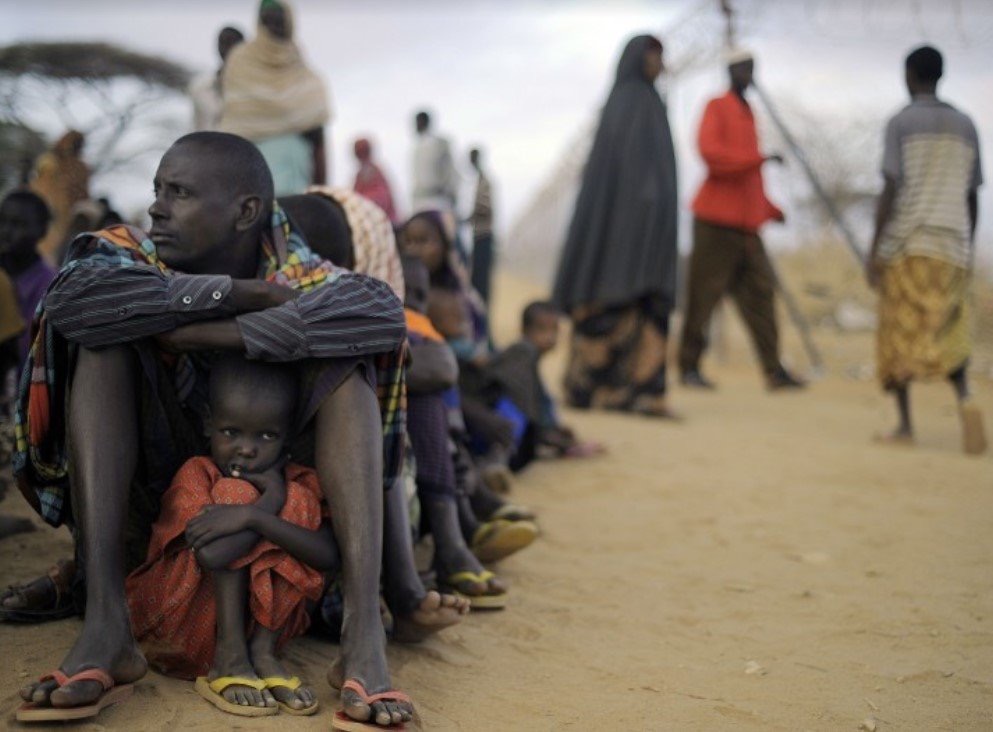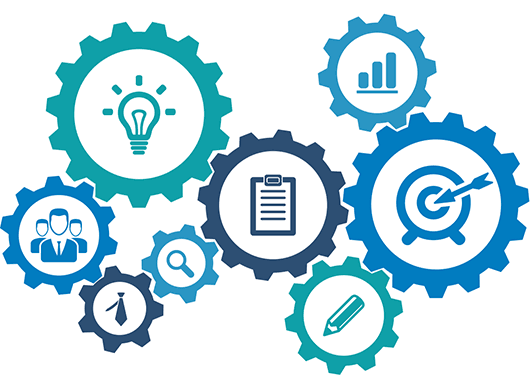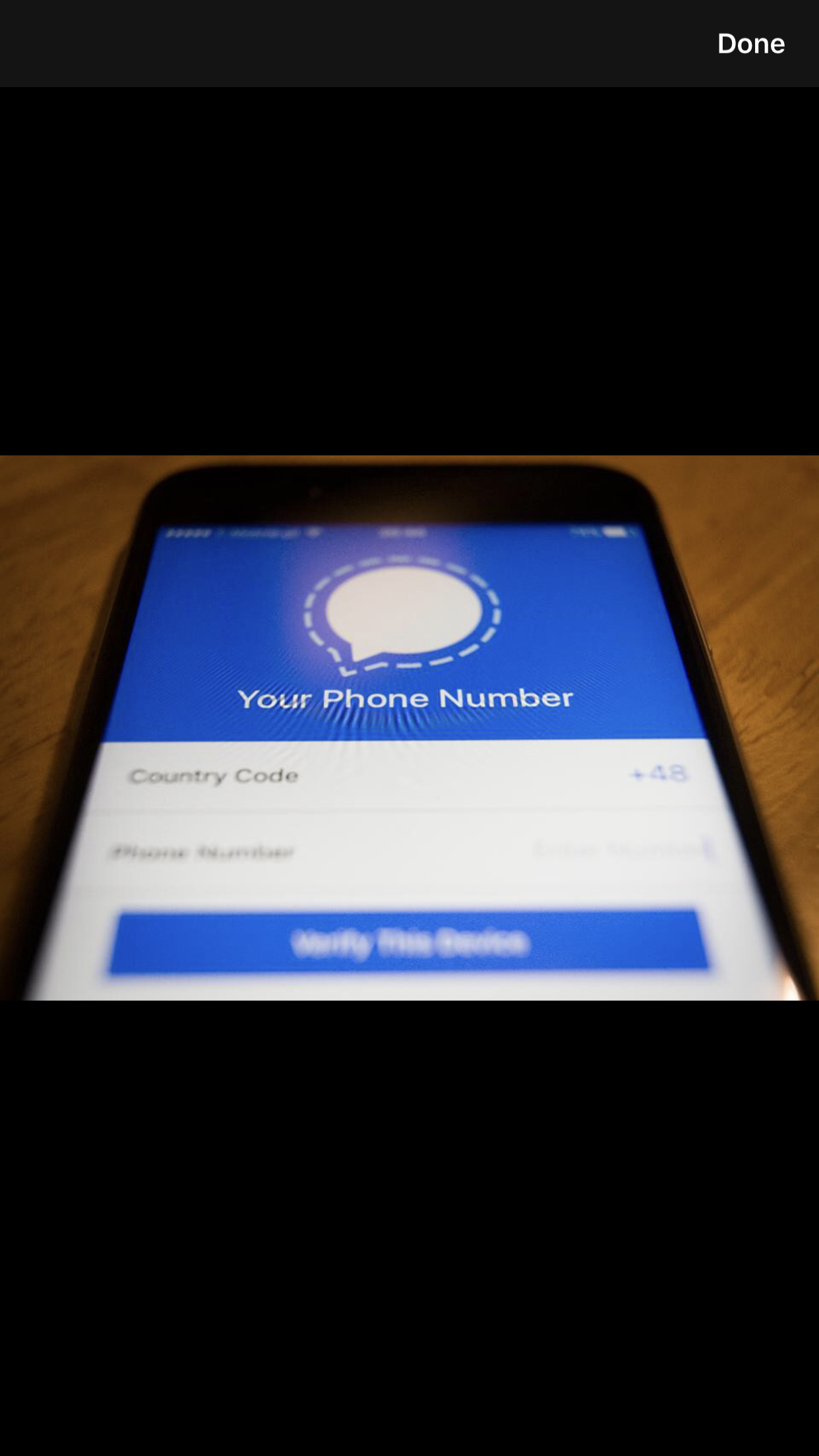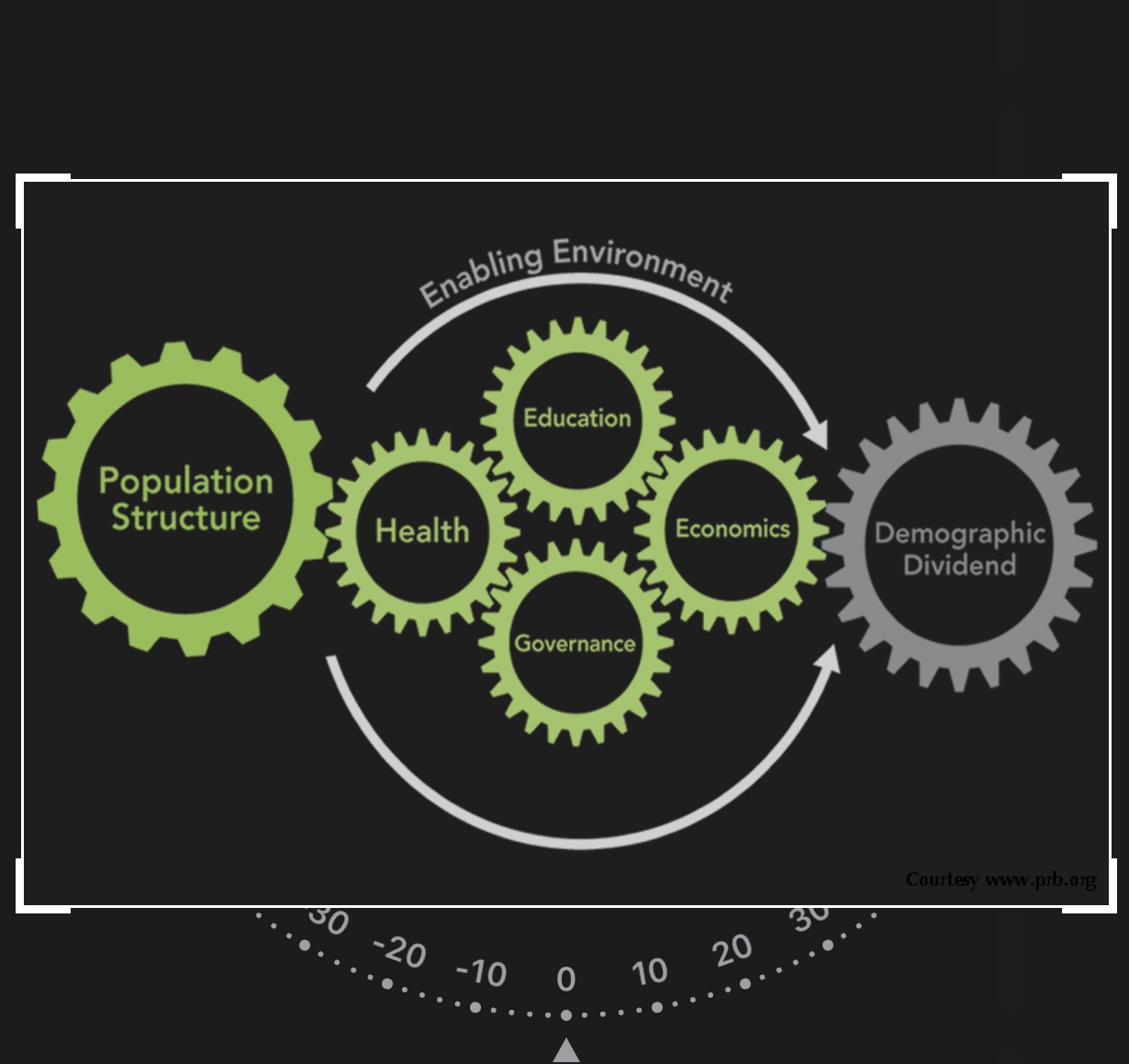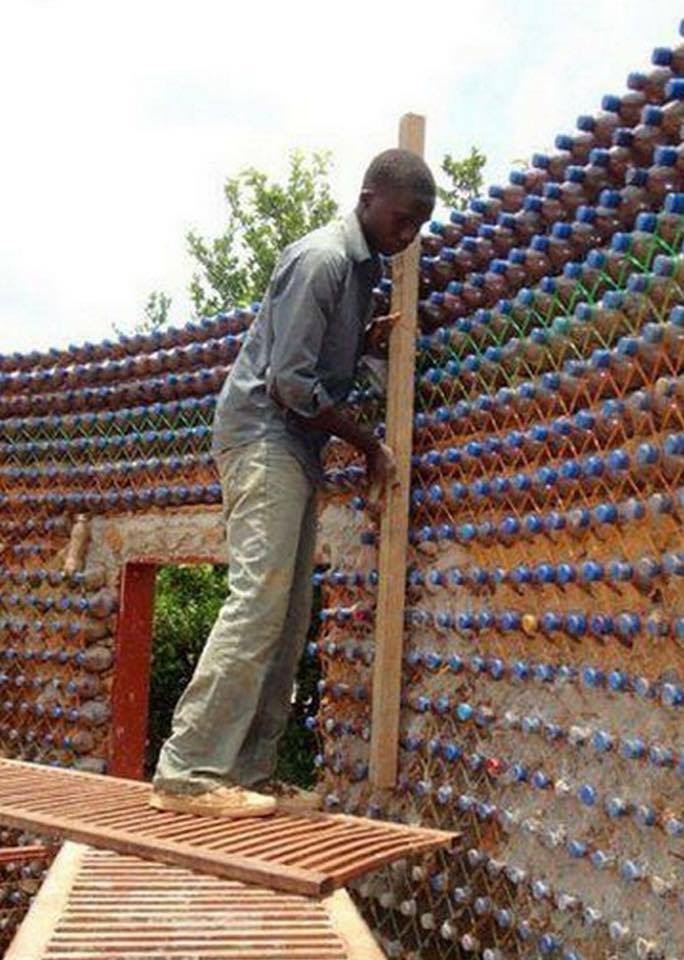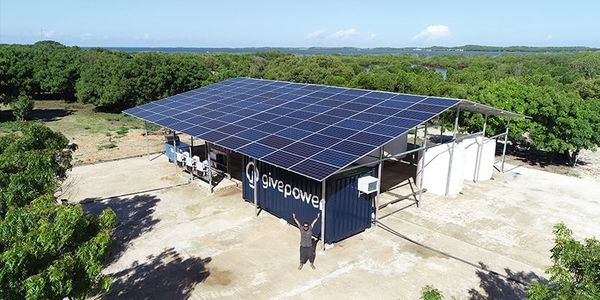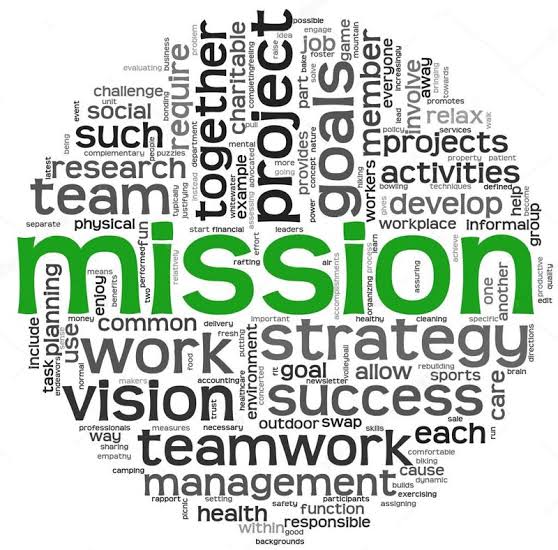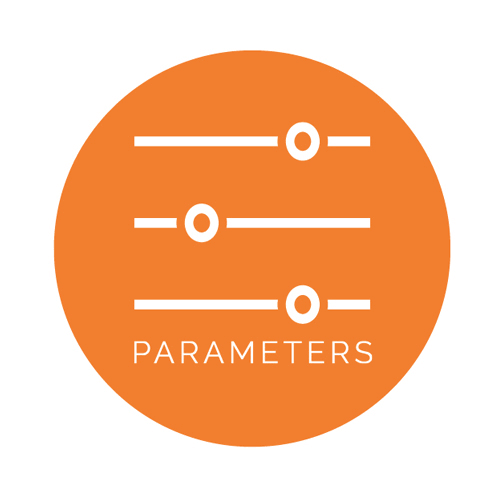Youth dividend: the benefits that result from catching the youth population at the right time. Asian Tigers (https://en.m.wikipedia.org/wiki/Four_Asian_Tigers?wprov=sfti1.) are well known for success in this area. Focused on youth
Challenge is timing — people want results in 2-3 years. But investing in human capital — youth — will take longer than that. Need to educate/socialize to the time it will take.
Many do understand, looking at the demographics on the African continent, that the need is there and it will take time … but that the dividends are great. (Using Asian countries as an example)
Youth — good to focus at this age because brains still developing, forming habits, beliefs, etc. Also time when brain is able to truly absorb and learn — skills, etc.
Nexus — bringing together 35 and younger social entrepreneurs … lots of talk about block chain (rural electrification in India, setting up app for rural xyz in Southeast Asia). Talking with a new set of tools that those in development for 30 years don’t know much about. Social media is another example.
USAID has policies that few agency personnel read, but nearly all IPs do.
Youth & Development Policy … not getting results over time that we were looking for. Engage vertically through programs — engage in design implementation & evaluation. Also across projects. Not best practice to have stand-alone youth project. Better to incorporate, integrate youth into all programming. Then can have program that fills the gaps not met in programmatic integration.
Guiding principles:
Recognize youth participation is vital
Invest in assets and resilience
Involve mentors, family and communities
Account for differences and commonalities
Create second chances
Pursue gender equality (gang, pregnancy … often those we’re giving “second chances” really never had a first chance)
Harness youth innovation and technology
Section 2: Adolescent Development
Missing middle – early age reading good, then entry into work force … but nothing in the middle, which are huge years for youth development. HIV/AIDS: only group with increase is youth in these middle years … indicates lack of programming at those ages.
FRIDA — youth women’s development organization — all under 30, programs designed by 15-25-year olds.
“Teenage brain explained” mp4. Adolescence = use it or lose it phase
Brain fully developed mid-20s (14-24 — synaptic development)
—youth dropping out of school at the same time their synaptic development begins
Last part of brain to development — prefrontal cortex (“last in, first out”) part that gives good judgment (first part of brain is fight or flight/impulse)
Synaptic pruning … unused connections wither away, used connections get stronger
Risk taking — build positive risk taking as alternative to dangerous behaviors — sports, theater, debate, community service, theater, etc.) (eg use skateboarding for youth vulnerable to entering gangs)
Self regulation — how do we help youth regulate emotions, decisions, actions at age where emotional triggering is at its highest while impulse control is still underdeveloped. Without addressing from, say 15-25, those behaviors (addiction, self-harm, depression) take stronger root
Adverse childhood experience (ACE) — abuse, neglect, household dysfunction, humanitarian disaster or conflict … individuals going through 4 significant experiences, are more susceptible to risk outcomes of ACEs (suicide, heart disease, addiction, STDs injury
— ACEs & brain development — red is good (difference in activity in frontal cortex v. Imigdila. Lots of pruning (black space in abused brain) … but can be re-developed through sports, chess, etc. Helps brain re-wire. But if we don’t do anything, risk generation working only with part of their brain.
INSPIRE package of working with youth
Facets of adolescent development
Physical — changes you can see (when young people point these out, can affect confidence & behavior)
Cognitive development — younger, highly curious, limited attention span, learn when learning engages emotions, think of things as to how they affect them, not others as much; mid/late adolescence, able to think abstract & critically
Social development— younger highly influenced by their peers, over time, develop greater tolerance understanding and substitute group with relationship & individual identity
Emotional development— fear and insecurity can affect moods, confidence, etc.
Moral & ethical — older adolescents start to develop justice fairness, etc. Older youths lead charge in protesting injustice
Role of family in youth planning, all programming … we focus on education, work, etc. Would be amplified if engaged family in youth programming.
Positive Youth Development
USG approach across 22 agencies
Self-efficacy/agency (confidence in one’s abilities, knowledge that they can take something on)
Contribution (civic engagement, feeling they have a role to play, opportunity to engage)
Enabling environment (safety (physical & emotional), cultural & social norms, mentors
Assets
—need all four to be considered in programming.
—just “drop in center” isn’t enough; covers safety, but not opportunities, contributions, etc.
Life & Soft Skills
academic, technical (most important in transitioning to jobs), soft skills
Soft skills help us most during our lives — learn through sports, engagement with others. So much time is spent on academic & technical, need to find way to support the soft skills as well.
“Pathways to Success”. Sports to teach life/soft skills (Sports for Kenyan Youth) teamwork —> work readiness —> technical/vocational skills … not sitting in a room … active
Study on praise and fixed mindsets: type of praise make a difference. Praise “you’re so smart” vs. “you must have put in a lot of effort”. Don’t praise intelligence or abilities, but praise process and effort put in. “Growth mindset”. When you praise intelligence (fixed mindset) kids stop taking risks because they don’t want to disappoint … if they fail it’ll show they’re not intelligent and they won’t be praised. If you praise on effort, it makes kids want to try harder, put in more effort, take more risks … because it’s the effort and the process that they learn is important.
Coaching idea — what do you want to accomplish during this match/game. Not just winning, but goal to improve on x, y, z … personal best … etc. Then it’s not just the final outcome that defines success or failure.
